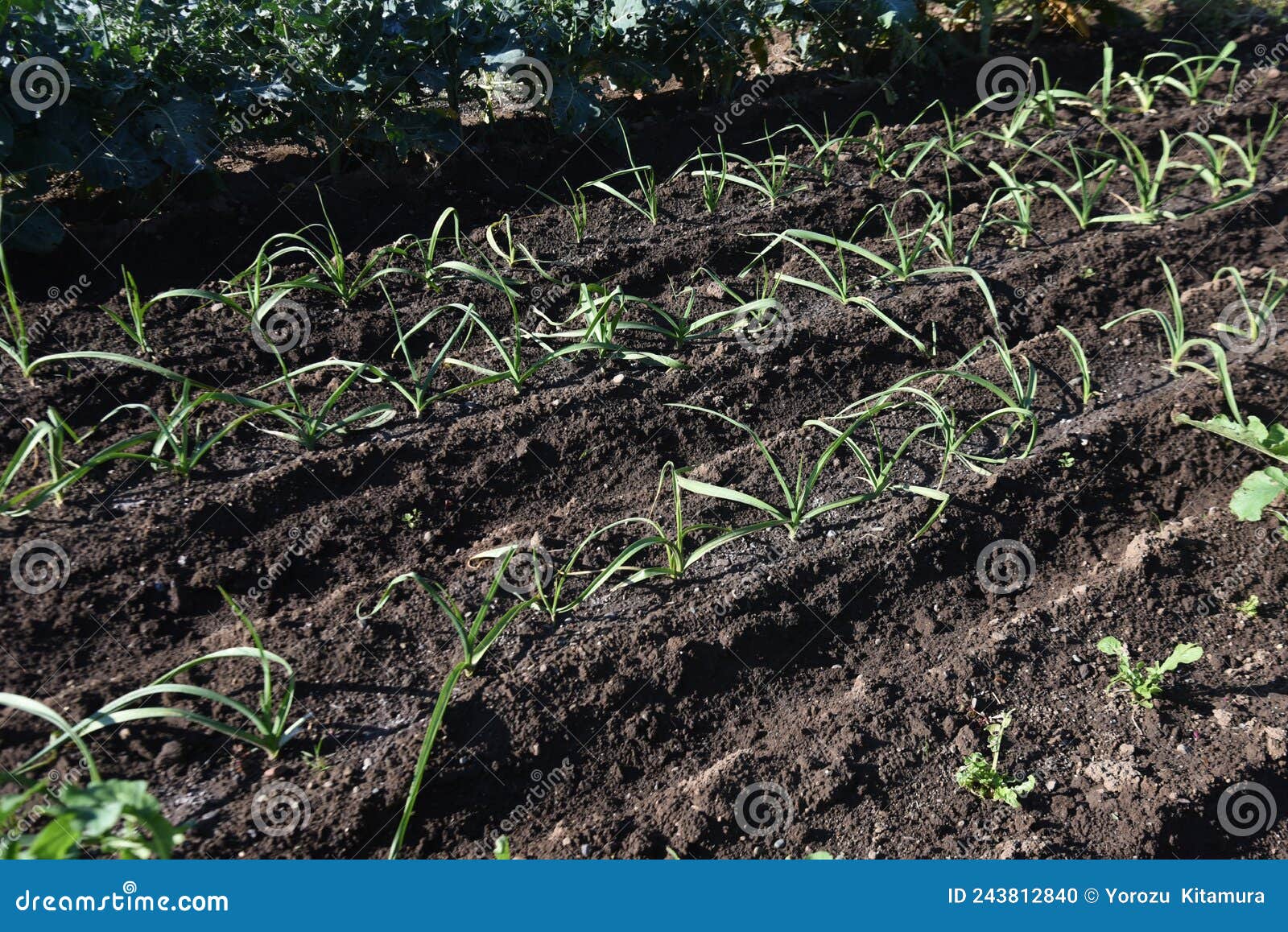How to Grow Garlic in Winter Conditions: A Step-by-Step Guide

Are you a winter gardening enthusiast looking to add some flavor to your cold-weather cultivation? Imagine the satisfaction of harvesting fresh, homegrown garlic even as snow blankets your garden. Growing garlic in winter conditions is not only possible but also rewarding. Let's dive into a comprehensive guide on how to grow garlic in winter, ensuring you reap the benefits of this cold-hardy crop.
Why Grow Garlic in Winter?
Garlic is a versatile and resilient plant that thrives in cooler temperatures. Winter gardening with garlic offers several advantages:
- Cold-Hardy Nature: Garlic is naturally cold-hardy, making it an excellent choice for winter cultivation.
- Pest Resistance: Winter conditions often deter common pests, reducing the need for pesticides.
- Fresh Produce: Enjoy fresh garlic throughout the winter months, adding flavor to your dishes.
Choosing the Right Garlic Variety
Before you start, it's crucial to select the right garlic variety for winter growing. There are two main types of garlic:
- Hardneck Garlic: This variety is more cold-hardy and better suited for winter gardening. It produces a flower stalk (scape) that can be harvested and used in cooking.
- Softneck Garlic: While less cold-hardy, softneck garlic can still be grown in milder winter regions. It has a longer storage life and is often used for braiding.
Preparing Your Garlic for Planting
Selecting Healthy Cloves
To ensure a successful harvest, start with healthy garlic cloves. Choose large, firm cloves from a disease-free bulb. Avoid cloves that are soft, shriveled, or show signs of mold.
Preparing the Soil
Garlic prefers well-drained, loose soil with a pH between 6.0 and 7.0. Add compost or well-rotted manure to enrich the soil with nutrients. Ensure the soil is free from weeds and debris.
Planting Garlic in Winter
Timing Your Planting
The ideal time to plant garlic in winter is about 4-6 weeks before the first hard frost. This allows the cloves to establish roots before the ground freezes.
Planting Technique
- Separate the Cloves: Carefully separate the cloves from the bulb, ensuring each clove has its papery skin intact.
- Plant the Cloves: Plant each clove about 2 inches deep, with the pointed end facing up. Space the cloves 4-6 inches apart in rows that are 12-18 inches apart.
- Mulch: Apply a layer of organic mulch, such as straw or leaves, to insulate the soil and protect the cloves from extreme cold.
Caring for Your Garlic Plants
Watering
Garlic requires consistent moisture, especially during the early stages of growth. Water the plants deeply once a week, ensuring the soil remains evenly moist but not waterlogged.
Fertilizing
Apply a balanced fertilizer or compost tea every 4-6 weeks to provide the necessary nutrients for healthy growth. Avoid over-fertilizing, as this can lead to excessive leaf growth at the expense of bulb development.
Pest and Disease Management
While winter conditions deter many pests, keep an eye out for common garlic pests like onion maggots and aphids. Use organic pesticides or insecticidal soap to control infestations. Regularly inspect the plants for signs of disease, such as yellowing leaves or mold, and remove affected plants promptly.
Harvesting Your Winter Garlic
When to Harvest
Garlic is typically ready to harvest in late spring or early summer, depending on your climate. The leaves will begin to yellow and fall over, indicating that the bulbs are mature.
Harvesting Technique
- Loosen the Soil: Gently loosen the soil around the bulbs with a fork to avoid damaging them.
- Pull the Bulbs: Carefully pull the bulbs from the ground, ensuring you don't break the stems.
- Cure the Garlic: Allow the garlic to cure in a dry, shaded area with good air circulation for about 2-3 weeks. This helps to dry the outer layers and extend the storage life.
Storing Your Garlic
Once cured, store your garlic in a cool, dry place with temperatures between 32-40°F (0-4°C) and humidity levels around 65-70%. Avoid storing garlic in the refrigerator, as this can cause it to sprout.
Conclusion
Growing garlic in winter conditions is a rewarding experience that offers fresh, homegrown produce even in the coldest months. By selecting the right variety, preparing the soil, and providing proper care, you can enjoy a bountiful harvest of flavorful garlic. Embrace the challenge of winter gardening and reap the benefits of this cold-hardy crop.
FAQs
Can I grow garlic indoors during winter? Yes, you can grow garlic indoors during winter. Choose a container with good drainage and use well-draining potting soil. Place the container in a sunny location and water regularly.
What are the best garlic varieties for winter growing? Hardneck garlic varieties, such as 'Music,' 'German Extra Hardy,' and 'Rocambole,' are well-suited for winter growing due to their cold-hardy nature.
How do I protect my garlic plants from extreme cold? Apply a thick layer of organic mulch, such as straw or leaves, to insulate the soil and protect the garlic plants from extreme cold. You can also use row covers or cold frames for added protection.
What are the signs of a successful garlic harvest? The leaves of the garlic plant will begin to yellow and fall over, indicating that the bulbs are mature and ready to harvest.
How long can I store my homegrown garlic? Properly cured and stored garlic can last for several months, depending on the variety. Softneck garlic generally has a longer storage life than hardneck garlic.


By following this step-by-step guide, you'll be well on your way to growing garlic in winter conditions. Enjoy the process and savor the flavor of your homegrown garlic!
0 Response to "How to Grow Garlic in Winter Conditions: A Step-by-Step Guide"
Post a Comment